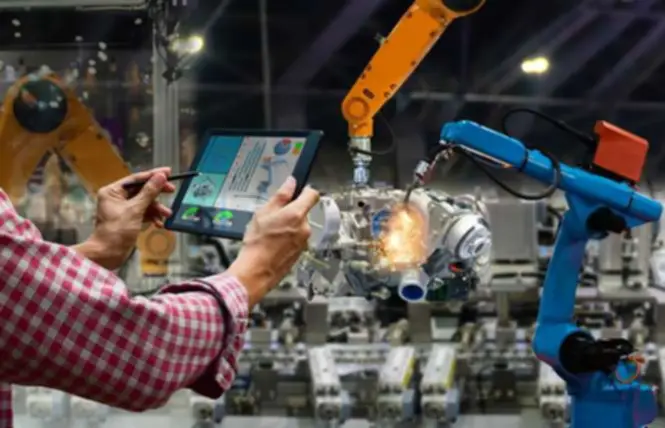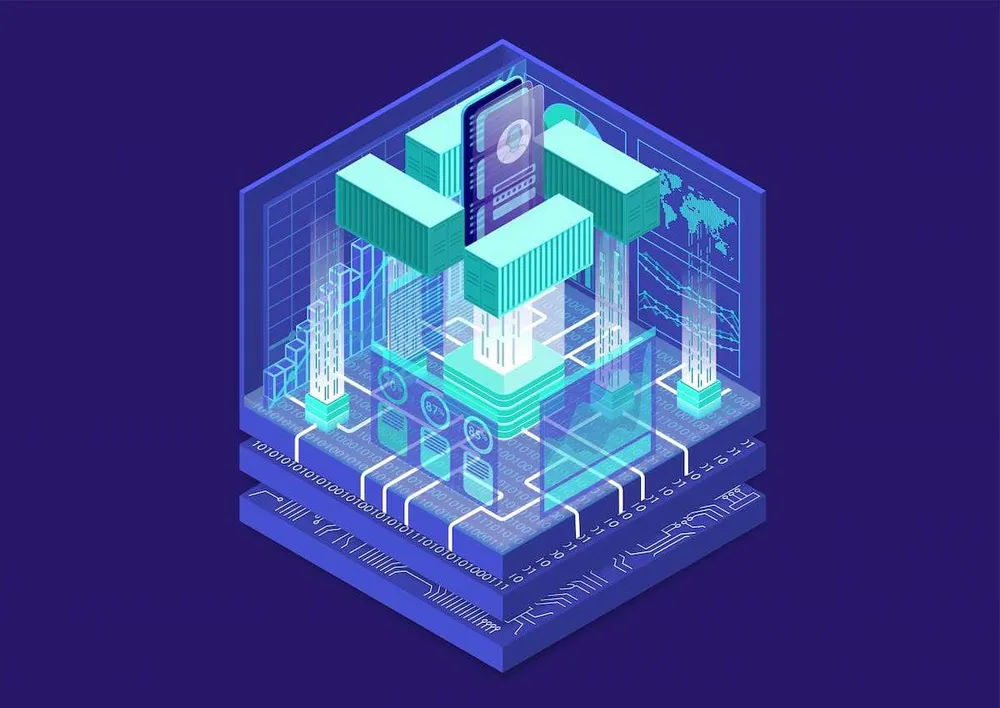But beyond the ability to match human proficiency, there is no consensus about what achievements benefit the label. For some, the flexibility to perform a task as properly as a person is in and of itself an indication of AGI. For others, AGI will solely exist when it can https://hudhudhub.info/page/24/ do every thing humans can do with their minds. Theoretically, an AGI would be capable of perform these duties indistinguishable from what Georgios-Alex Dimakis, a professor of engineering at the University of Texas, referred to as “an extremely clever human.”
- Artificial General Intelligence (AGI), promises a future where machines possess human-level intelligence and the ability to learn and adapt throughout a variety of tasks.
- Although nonetheless theoretical, AGI would possibly in the future replicate human-like cognitive abilities such as reasoning, problem-solving, perception, studying, and language comprehension.
- Cognitive scientists have been making an attempt to home in on the fundamental elements of human intelligence for greater than a century.
- These theoretical types of AI stand in distinction to weak or slender AI, which can carry out only particular or specialized tasks within a predefined set of parameters.
- Enterprises stay thinking about customizing fashions, but with the rise of high-quality open source models, most decide to not train LLMs from scratch.
The 5 Greatest Know-how Developments For 2025 Everyone Must Be Ready For Now

It can adapt to any state of affairs and perform any mental task a human can, just like the AI seen in science fiction. AGI should possess abilities like summary considering, background data, common sense, understanding cause and impact, and transfer learning. In distinction, weak AI excels at finishing specific tasks or kinds of issues. Many present AI systems use a combination of machine learning (ML), deep learning (a subset of machine learning), reinforcement studying and natural language processing (NLP) for self-improving and to solve specific kinds of issues. However, these technologies do not method the cumulative ability of the human brain.
Will Ai Remedy The World’s Inequality Problem – Or Make It Worse?

While AGI guarantees machine autonomy far beyond gen AI, even probably the most superior techniques nonetheless require human experience to function successfully. Building an in-house group with AI, deep learning, machine learning (ML) and knowledge science abilities is a strategic transfer. Most importantly, regardless of the power of AI (weak or strong), data scientists, AI engineers, laptop scientists and ML specialists are important for growing and deploying these techniques.

What Is Artificial Intelligence?

Later deep neural community fashions trained with supervised learning corresponding to AlexNet and AlphaGo successfully took on numerous duties in machine perception and judgment that had long eluded earlier heuristic, rule-based or knowledge-based methods. Early AI techniques exhibited artificial slim intelligence, concentrating on a single task and sometimes performing it at near or above human stage. MYCIN, a program developed by Ted Shortliffe at Stanford within the 1970s, only recognized and recommended treatment for bacterial infections. Except for human intelligence, numerous different forms of intelligence additionally make sense, for instance, animal intelligence, alien intelligence, and so on. In this sense, “intelligence” on the most summary stage may be a extra suitable one. In addition, to say different problems necessitate completely different sorts of “intelligence” is no higher than to say solutions for different issues stem from one thing invariant that is called “intelligence”.
Generative Ai And Synthetic General Intelligence

In unsupervised studying, the system makes an attempt to determine patterns and relationships in information without pre-labeled solutions. An example is buyer segmentation in advertising, where companies use algorithms to find pure groupings and patterns in buyer knowledge without prior annotation. Neuroscience supplies priceless insights into how we expect, be taught, and make choices. By understanding the brain’s structure and function, AI researchers can design methods that mimic human cognition. By simulating complex methods and analyzing vast quantities of knowledge, AGI could design sophisticated experiments at an unprecedented scale. This would permit scientists to check hypotheses extra efficiently and discover beforehand unimaginable analysis frontiers.
Money Imposes Its Legislation On Openai

In his view, AI researchers are often “overconfident” when they discuss intelligence and tips on how to measure it in machines. Imagine a world where machines aren’t confined to pre-programmed duties but operate with human-like autonomy and competence. A world where laptop minds pilot self-driving vehicles, delve into complicated scientific research, provide customized customer support and even explore the unknown. Whenever and in no matter type it arrives, AGI might be transformative, impacting every thing from the labor market to how we perceive ideas like intelligence and creativity.
Even with all the eye on generative AI in 2023, the full potential of those algorithms is tough to discover out as firms prepare with more knowledge and researchers search for emergent capabilities. If AGI were utilized to a number of the preceding examples, it might improve their performance. For instance, self-driving vehicles require a human to be present to deal with decision-making in ambiguous conditions. The similar is true for music-making algorithms, language fashions and legal techniques.
AGI might work tirelessly, helping researchers sift via knowledge, manage advanced simulations and counsel new analysis instructions. This collaboration would considerably accelerate the pace of scientific breakthroughs. AGI might analyze vast knowledge units and scientific literature, formulate new hypotheses and design experiments at an unprecedented scale, accelerating scientific breakthroughs throughout numerous fields. Imagine a scientific companion that may study knowledge and generate groundbreaking ideas by analyzing vast scientific knowledge sets and literature to establish subtle patterns and connections that might escape human researchers. This might lead to the formulation of completely new hypotheses and research avenues. AGI might analyze medical images, affected person records, and genetic knowledge to identify subtle patterns that may escape human attention.
These techniques are capable of interpret natural language, course of queries, extract data from big datasets, and carry out different duties such as setting reminders, sending messages, or giving climate updates. Although their skills are nonetheless not as advanced as human intelligence, they present the way in the direction of Artificial General Intelligence by combining several tasks and adapting to user preferences over a time period. Despite the similarity within the phrases generative AI and artificial common intelligence, they’ve very totally different meanings. The “Great Compression” was underway, an era during which the financial positive aspects achieved by rapidly advancing know-how were redistributed broadly (albeit certainly not equitably, particularly with regard to race and gender).
For instance, within the early stage of AI, people sought the overall drawback solver and invented exhaustive search algorithms (e.g., Breadth-First Search), which are now largely counted as a half of pc science. In the future, when “real AIs” occur, they will interact with the world and human beings by themselves without the designers’ intervention; they could become humans’ pals; they may help humans to independently explore the unknown environments on distant planets. I believe readers who have the vision of “real AIs” will readily accept these two axioms.
AGI could analyze huge knowledge units encompassing financial information, social media sentiment and even satellite imagery to determine complex market developments and potential disruptions which may go unnoticed by human analysts. There are startups and monetary institutions already engaged on and utilizing restricted versions of such technologies. While the progress is exciting, the leap from weak AI to true AGI is a big challenge.
This type of Intelligence might doubtlessly manage numerous and complex duties that require creativity, emotional Intelligence, and multi-dimensional thinking—capabilities far past the reach of right now’s AI. Reinforcement Learning is a sort of AI that learns by trial and error, utilizing feedback from its personal actions and experiences to find out the most effective course of action. Reinforcement learning has powered technologies in more complicated and dynamic environments, similar to video video games the place AI characters be taught to navigate or compete, and in real-world functions like autonomous automobiles, which adapt to changing traffic circumstances. This moment shall be a point of no return, after which technological development turns into uncontrollable and irreversible.
Most AGI research tasks concentrate on whole brain simulation, in which a cerebral model simulates a organic mind intimately. The objective is to make the simulation trustworthy to the natural, so it could mimic its habits. For this to be achieved, research in neuroscience and pc science, including animal brain mapping and simulation, and growth of sooner machines, in addition to other areas, is critical. Advanced digital assistants like OpenAI’s GPT-3 exhibit AGI-like features with their exceptional context understanding and human-like text era across varied domains. However, present AI techniques, including GPT-3, are not true AGI as they lack full human-like comprehension.






